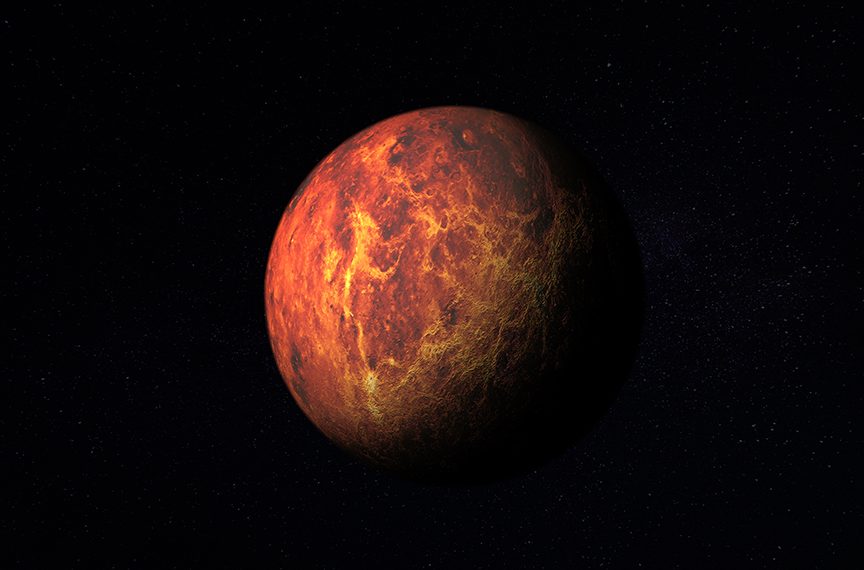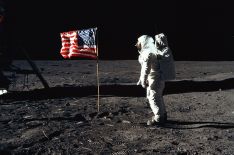‘Nova: The Planets’: 3 Cool Things to Know About Mars

Preview
The Apollo 11 lunar landing’s 50th anniversary this month turned our eyes to the skies. But there’s more to see up there than the moon!
Mars is the next destination for a crewed spacecraft expedition — and it’s the second fascinating subject Nova covers on Wednesday’s two-part debut of The Planets. (Hour 1 looks at the rocky planets, aka the quartet closest to the sun.)
Marvel at these facts about our cold, desolate, and mysterious neighbor.
When our planets formed 4.6 billion years ago, Earth and Mars were sisters
Early on, Mars too “had oceans, rivers, and lakes, even the solar system’s tallest waterfall — all at a time when life was just starting on Earth,” says exec producer Gideon Bradshaw.
The episode asks: Could the same wondrous thing have been happening there too? Carbon molecules — the building blocks of living things — discovered on Mars make it likely.
The Red Planet used to be blue!
For many millions of years, seas bigger than our Arctic Ocean covered a fifth of Mars’ surface. To depict this, “We scouted our planet for vistas resembling what we wanted to evoke and used visual effects and CGI to replace the skies and expand the landscape,” Bradshaw says.
Mars once had an aurora too
Like Earth’s Northern Lights, this visual spectacle was created by reactions in the planet’s magnetic field, which protected Mars from solar winds and allowed an atmosphere to form. Find out how it went away, helping demote our sister to distant relative.
Nova: The Planets, Series Premiere, Wednesday, July 24, 9/8c, PBS (check local listings at pbs.org)
From TV Guide Magazine
How 'Countdown' Recruited Jensen Ackles to Go Full 'Die Hard'
Countdown boss Derek Haas talks creating the character around Ackles, and the cast teases the “Avengers”-like team of the crime thriller. Read the story now on TV Insider.











